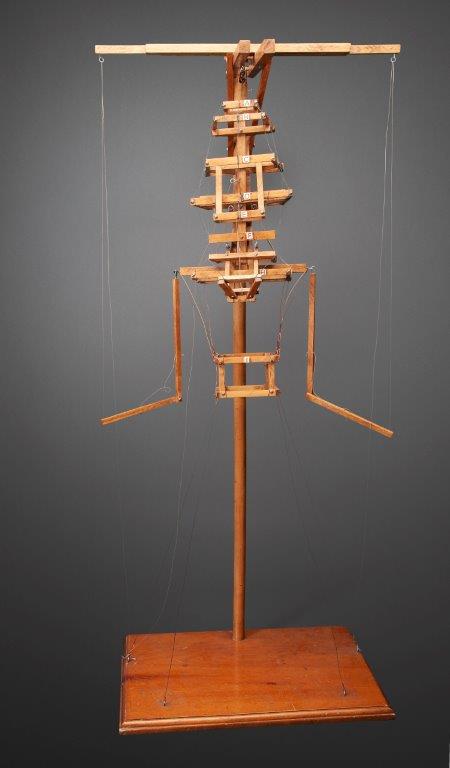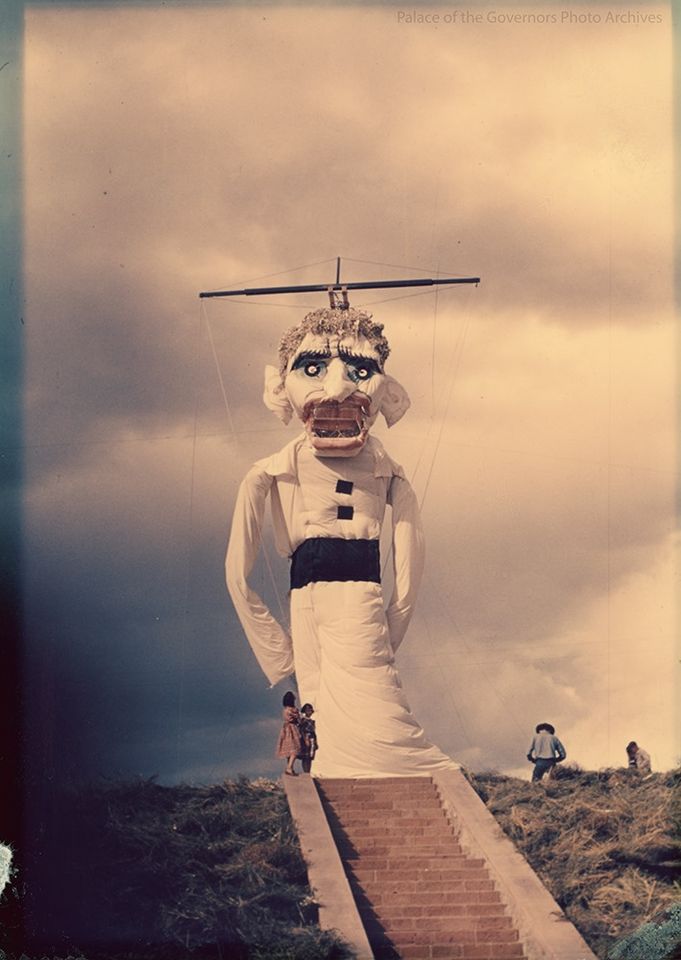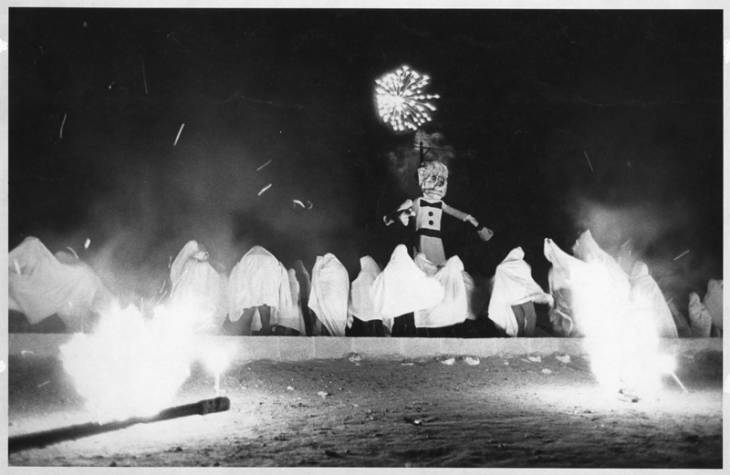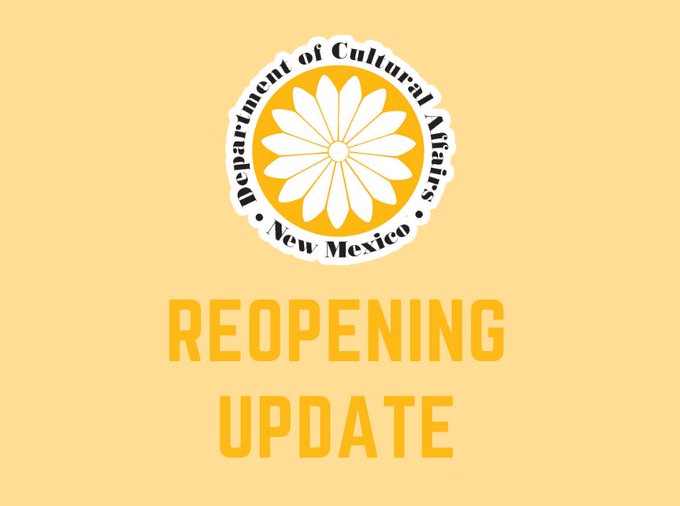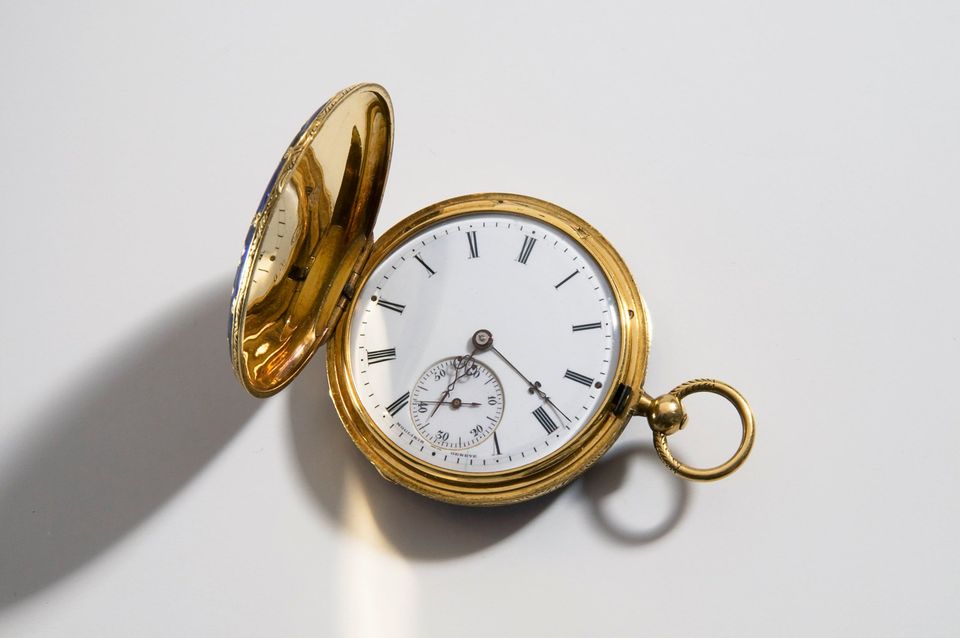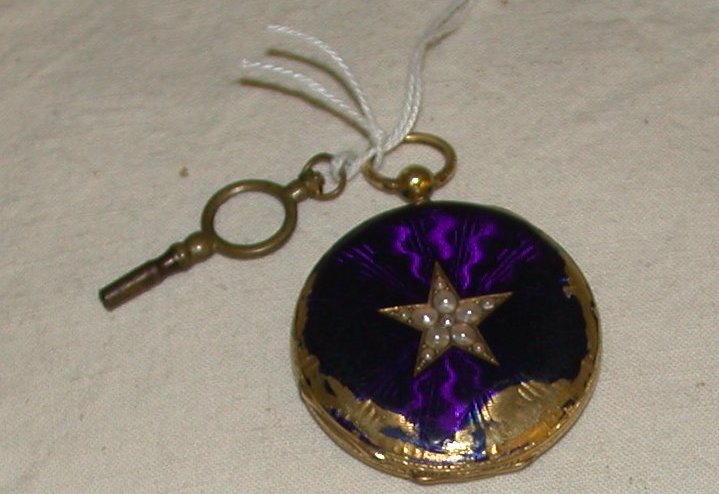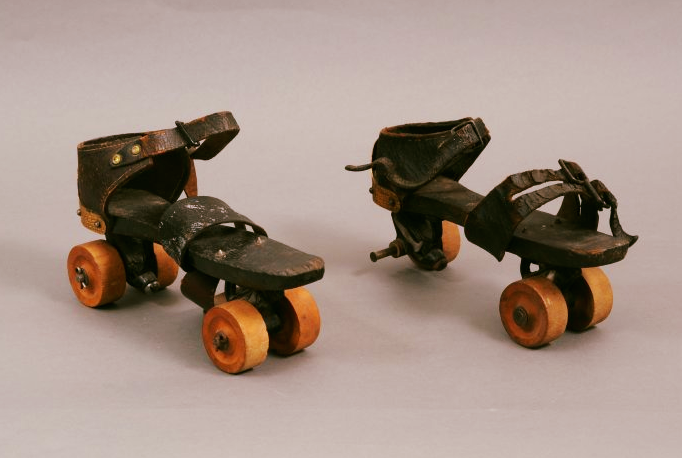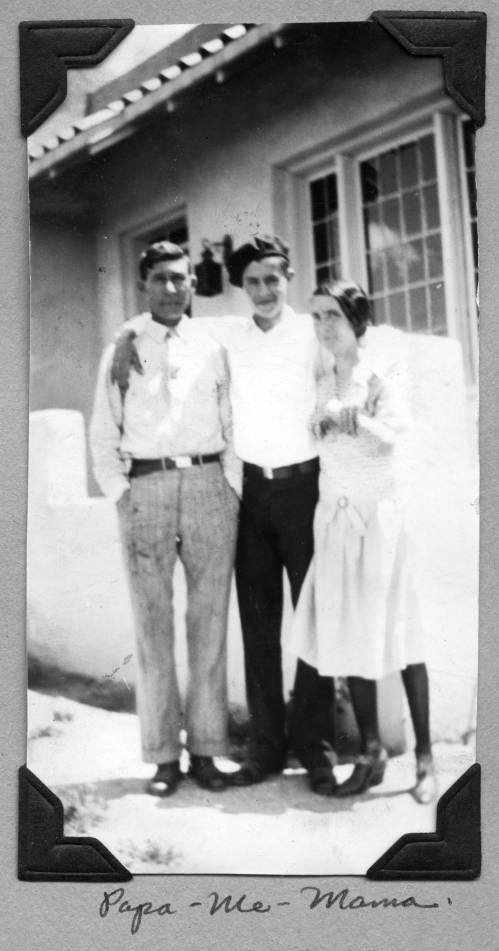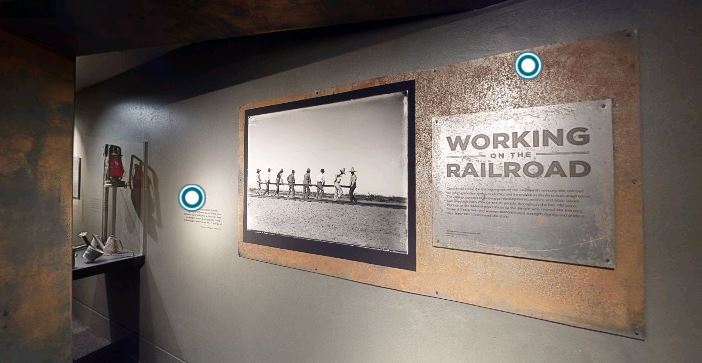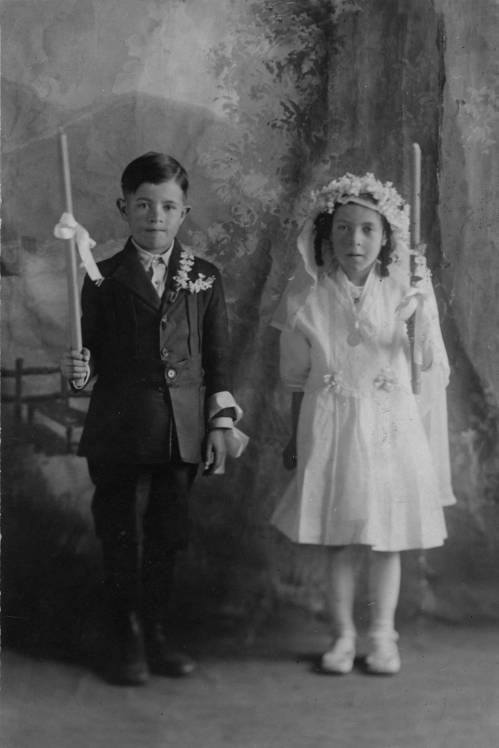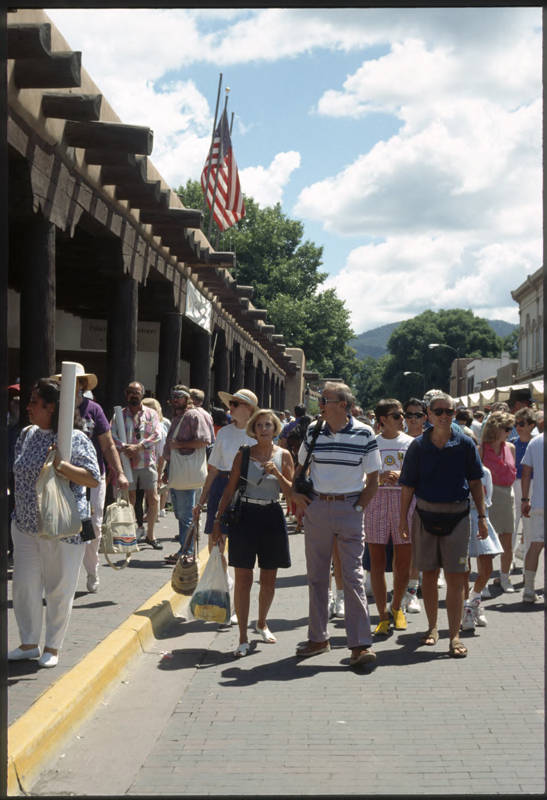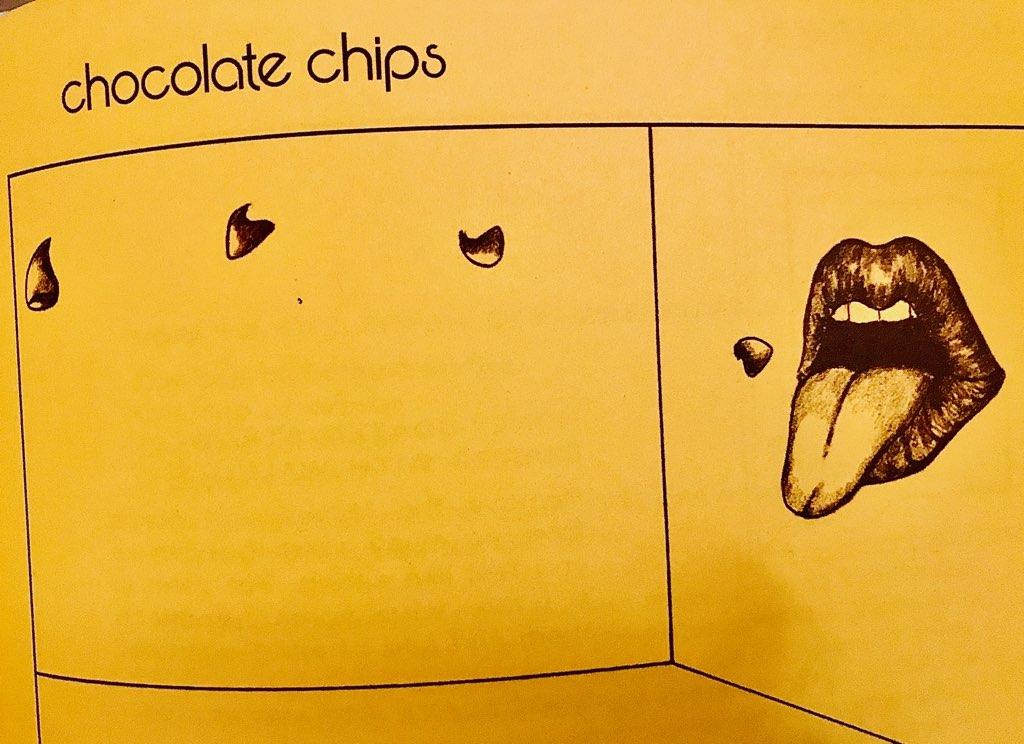
In conjunction with the release of the virtual version of the museum’s 2017-2018 exhibit Voices of the Counterculture in the Southwest, museum educator, Melanie LaBorwit looks into how the counterculture had a hand in changing how Americans eat. You can visit the online version of Voices of the Counterculture in the Southwest here.
“The Flavor of Cultural Change: The Evolution of Countercultural Cookbooks and Their Legacy”
Melanie LaBorwit, Museum Educator
In an article on a course at Macalester College, called “From Counterculture to Digital Culture”, one of the students, Rosa Durst, reflected on her research and the intersection between cookbooks and radical movements. “Food is one vehicle of cultural significance,…which allows cookbooks to become not just manuals for eating but manuals for performing activism, creating art, or finding new ways of living.“ (Macalester News, June 2017) .
Elsewhere in the blogosphere, culture writer Cynthia Bertelsen muses about the legacy of what she calls “the hippie era’, (Gherkins and Tomatoes food blog, July 2010). She notes that the 1960’s and 1970‘s marked a turning point in culinary literature. Before this time, vegetarianism was perceived as only the interest of Seventh Day Adventists and around the world most people ate vegetarian food not out of choice but from poverty.
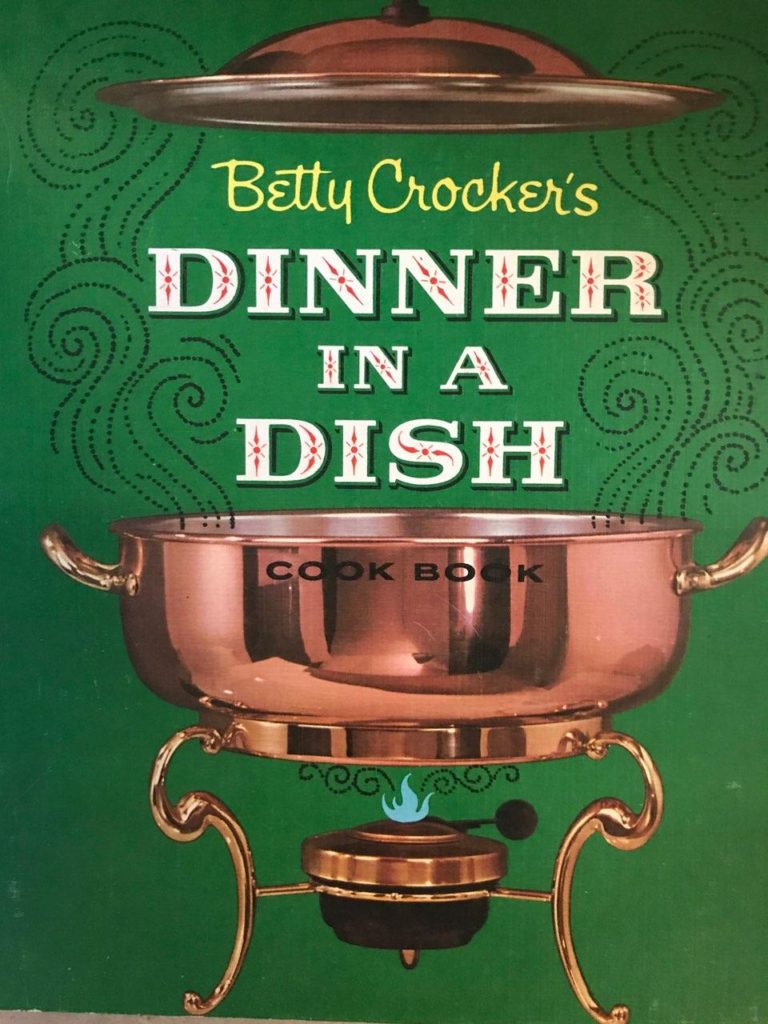
Too often, food preparation in the United States, mostly deemed as historically women’s work, is overlooked in history; but the advent of a new style of cookbook in the 1960‘s is incredibly revealing, reflecting not only culinary changes, but changing gender roles, working lives, trends in publishing, and a concern for the environment and environmental activism.

There are many books that have been added to the canon, but there were five main titles that were almost ubiquitous on the kitchen shelves in the Age of Aquarius.
Diet for a Small Planet (1971) by Francis Moore Lappe’ was among the first and most popular of this revolutionary genre. Part political diatribe, part recipes, Lappe’s work introduced many new ingredients which would soon become staples at food co-ops which were opening up around the country. With an emphasis on legumes and fresh vegetables, she also reintroduced traditional foods from different cultures and ingredients once perceived as esoteric. While in retrospect, her recipes are not considered the most flavorful, her perspective on sustainability, home grown foods, nutrition, and feeding the world looking into the future has proven to have been prescient for the time.
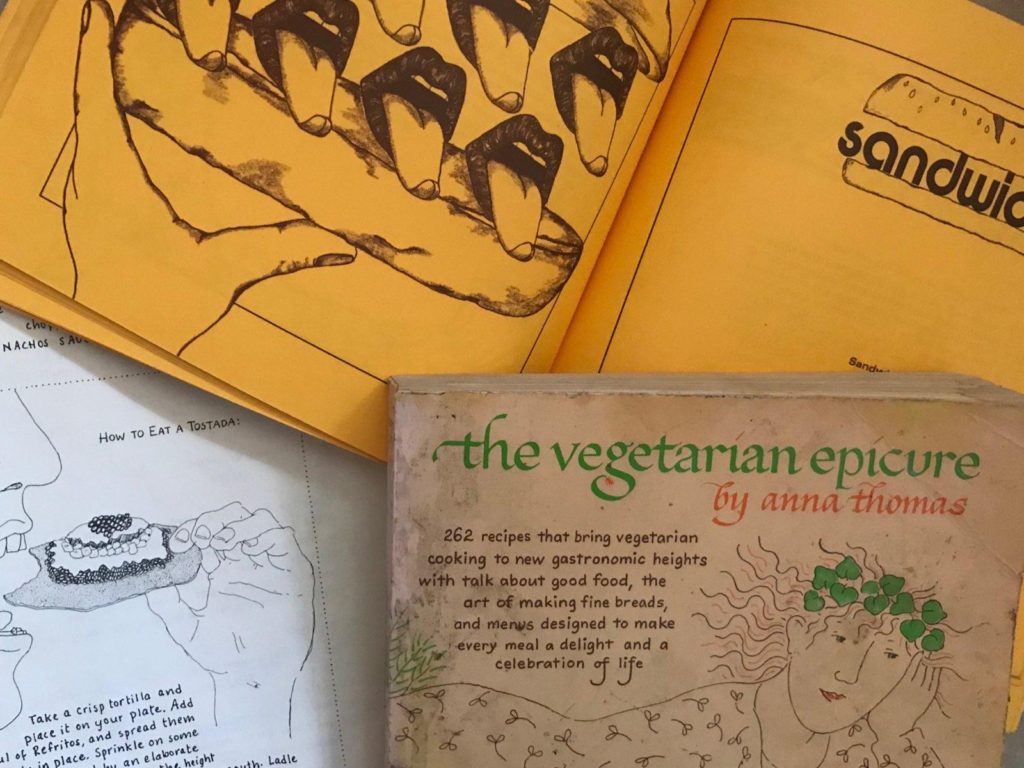
Vegetarian Epicure (1972), by Anna Thomas came soon thereafter and included more tasty and aesthetically pleasing recipes from around the world accompanied by lovely hand drawn illustrations printed on gold colored papers. In 1974 came Tassajara Cooking from Edward Espe Brown, which was an overnight success. Tassajara introduced new ideas for intriguing meals and nutritional information accompanied by Zen insights and meditative thoughts for one’s kitchen and daily life. Laurel’s Kitchen(1976) by Laurel Robertson with Carol Flinders and Bronwen Godfrey became de rigueur among college students and others cooking on their own for the first time, and was followed quickly on its heels by the immensely popular Moosewood Cookbook (1977) by Mollie Katzen, hand written and illustrated in homey fashion. The demand for these books, as well as other sequels that followed, has never abated. Individually, each of these publications gained huge followings and widened the audience for what had once been considered well outside the norm of American-style foods. Collectively, their influence on American foodways must be perceived as truly revolutionary.
In contrast to these counterculture cookbooks, most mass marketed cookbooks in this era reflected the idyll of a nuclear family home, represented women in the kitchen whose primary role was coming up with innovative meals for her husband and children and occupied themselves with ideas for incorporating new foods as an occasional novelty, and with a narrative that encouraged the busy cook and housewife to focus on her important role as a hostess for all occasions. On the remarkable blog “The Historical Cooking Project”, Dr. Alex Ketchum observed recently that the countercultural cookbooks that came out of the 1970’s and even the 1980’s were “ responding to the over-processed foods and strict gender roles in the post-war period.” ( May 2019) Out of the war came manufacturing of new highly processed food products to aid the housewives of America with convenient shortcuts for their elaborate dinners. Instant soups, cake mix, powdered potatoes and meal kits were filling the shelves of new supermarkets. Mainstream cookbooks began adding in these prepared foods as main ingredients for expedient meal preparation, but still emphasizing set gender roles for the lady in the kitchen.
Countercultural cookbooks do not seem to address gender at all ( though interestingly they paved their way for a new crop of women writers and feminist chefs) but call attention to environmental issues, industrial farming practices and the risk of pesticides. Rodale press had long been publishing the magazine, “Organic Farming and Gardening”, begun in 1942. Their writing was originally addressed to farmers to promote chemical-free growing in traditional agriculture, but their audience in this era would also change and grow in unanticipated ways. The counterculture community was looking for new resources and new authority to support their back to the land endeavors. Recipe collections that were published to a younger audience of consumers increased attention to, and normalized the term “ natural foods”, beyond the commune communities scattered in rural enclaves through the nation or newly developed food cooperatives in urban areas. They began to create a new demand among consumers for purchase of and development of a market for these natural foods.
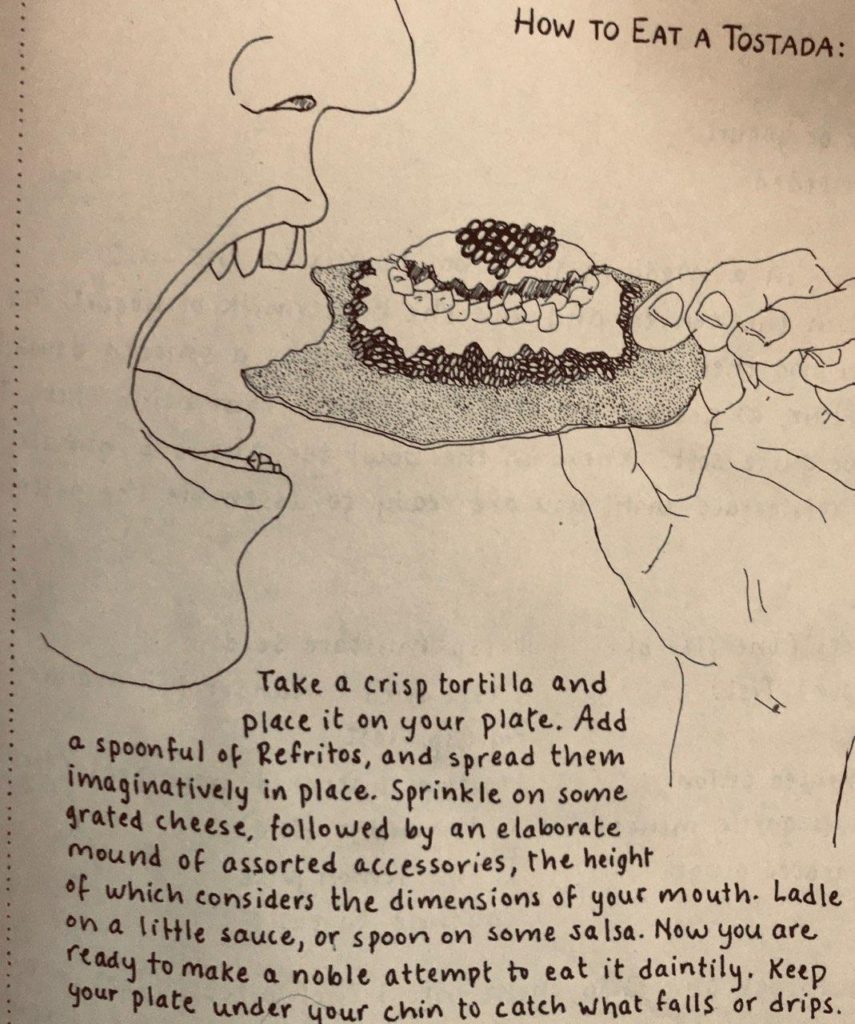
Have you recently enjoyed a meal with tabbouleh? herbal tea? free range chicken? Curried lentils? or a sandwich with whole wheat bread? Arugula? Avocado? Several varieties of mushrooms? Organic cheeses? Heirloom tomatoes? Bean sprouts? We owe the enormous diversity of our culinary options in the 21st century to the intrepid hippie cooks in our late 20th century kitchens.
Some more food for thought:
Warren Belasco, Appetite for Change: How the Counterculture Took on the Food Industry, Cornell University Press, 2007
Edward Espe Brown, Tassajara Cooking, Shambala Press, 1974
Mollie Katzen,Moosewood Cookbook, Ten Speed Press, 1977
Frances Moore Lappe, Diet for a Small Planet, Ballantine books, 1971
Maria McGrath Food for Dissent: Natural Foods and the Consumer Counterculture since the 1960’s. University of Massachusetts, 2019
Laurel Robertson with Carol Flinders and Bronwen Godfrey Laurel’s Kitchen: A Handbook for Vegetarian Cooking and Nutrition, Nilgiri Press,1976
Anna Thomas, Vegetarian Epicure, Knopf ( later Vintage reprint) 1972.
http://www.historicalcookingproject.com/ Historical Cooking Project, ed. Dr. Alex Ketchum
http://www.thefeministrestaurantproject.com/ A public history project begun with Dr. Ketchum’s doctoral dissertation research and newer contributions to research on the subject.

